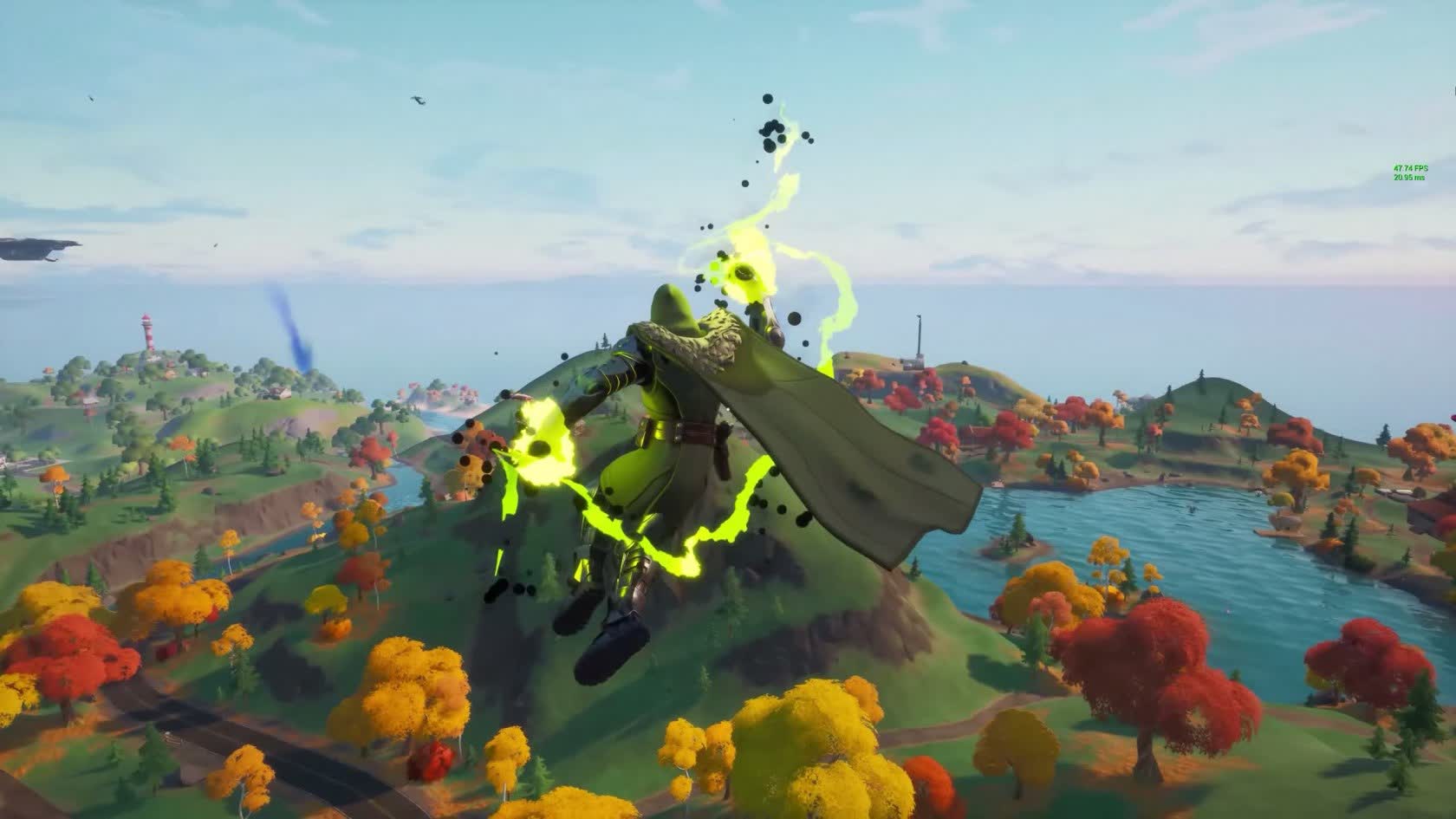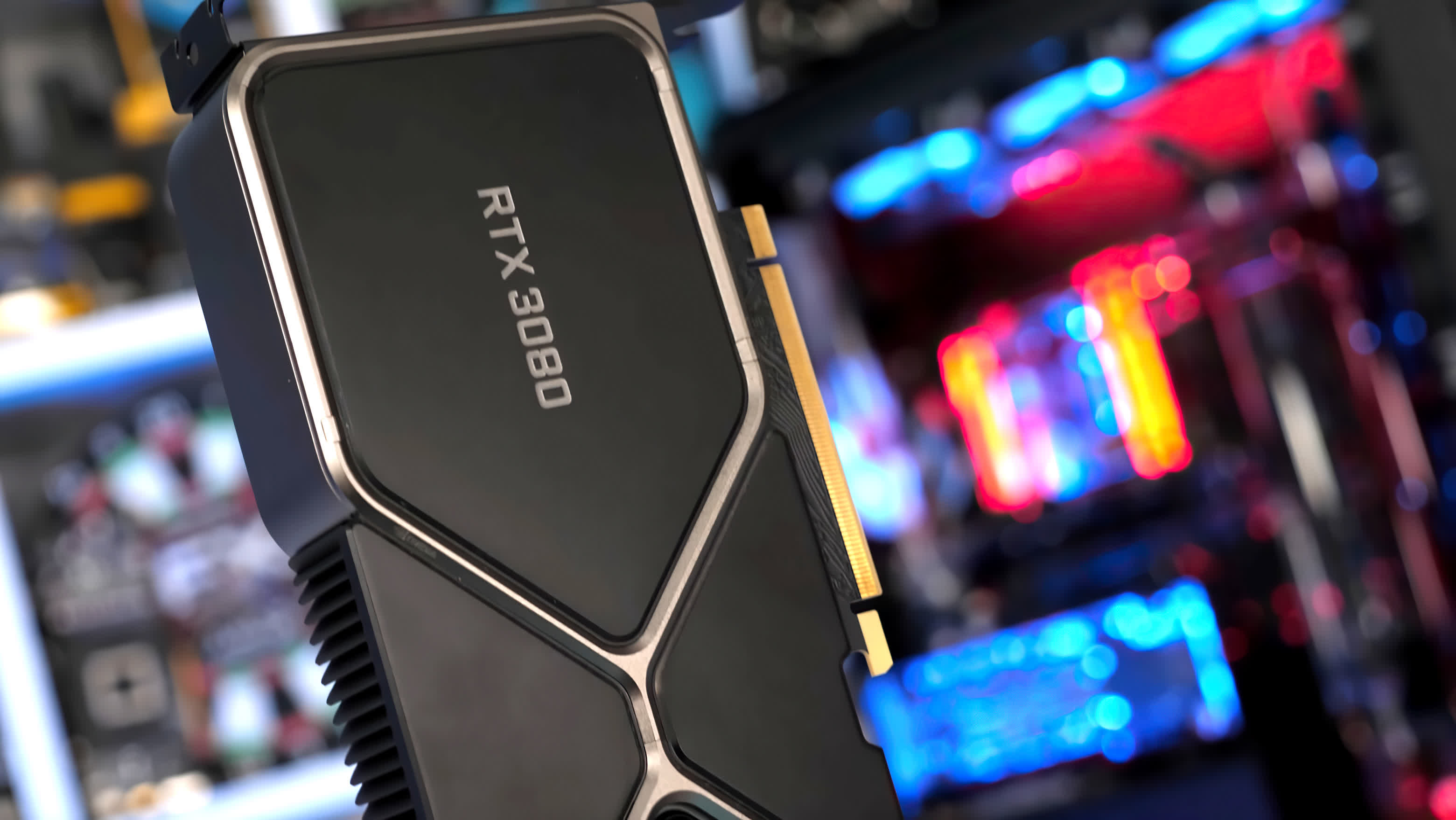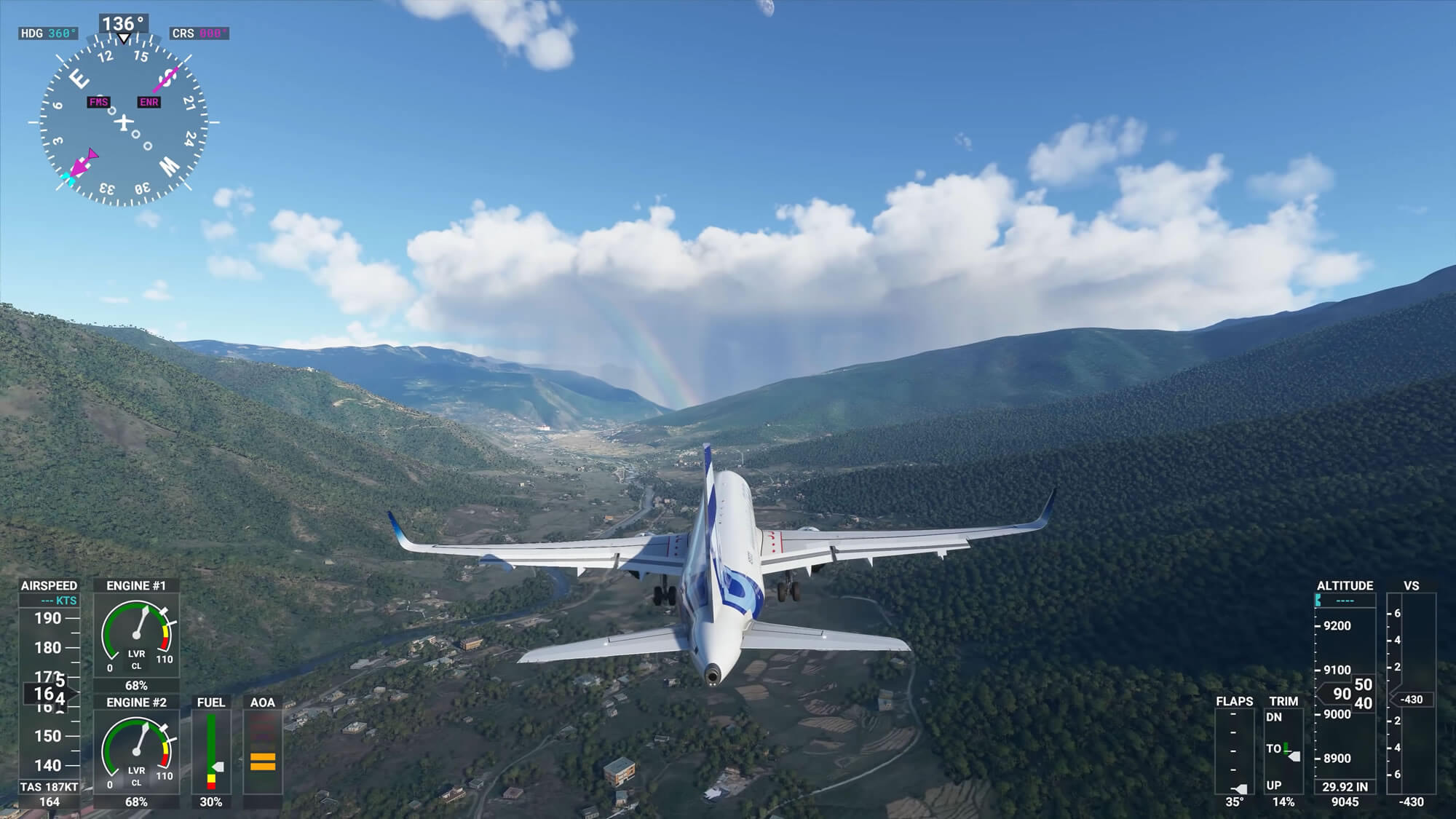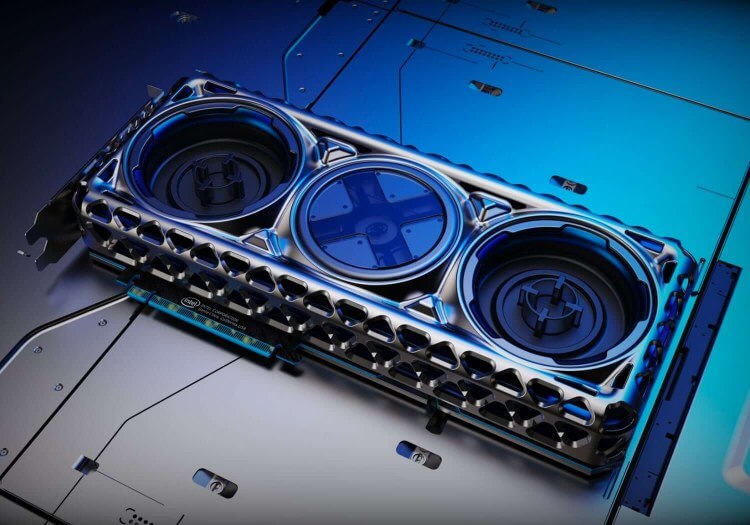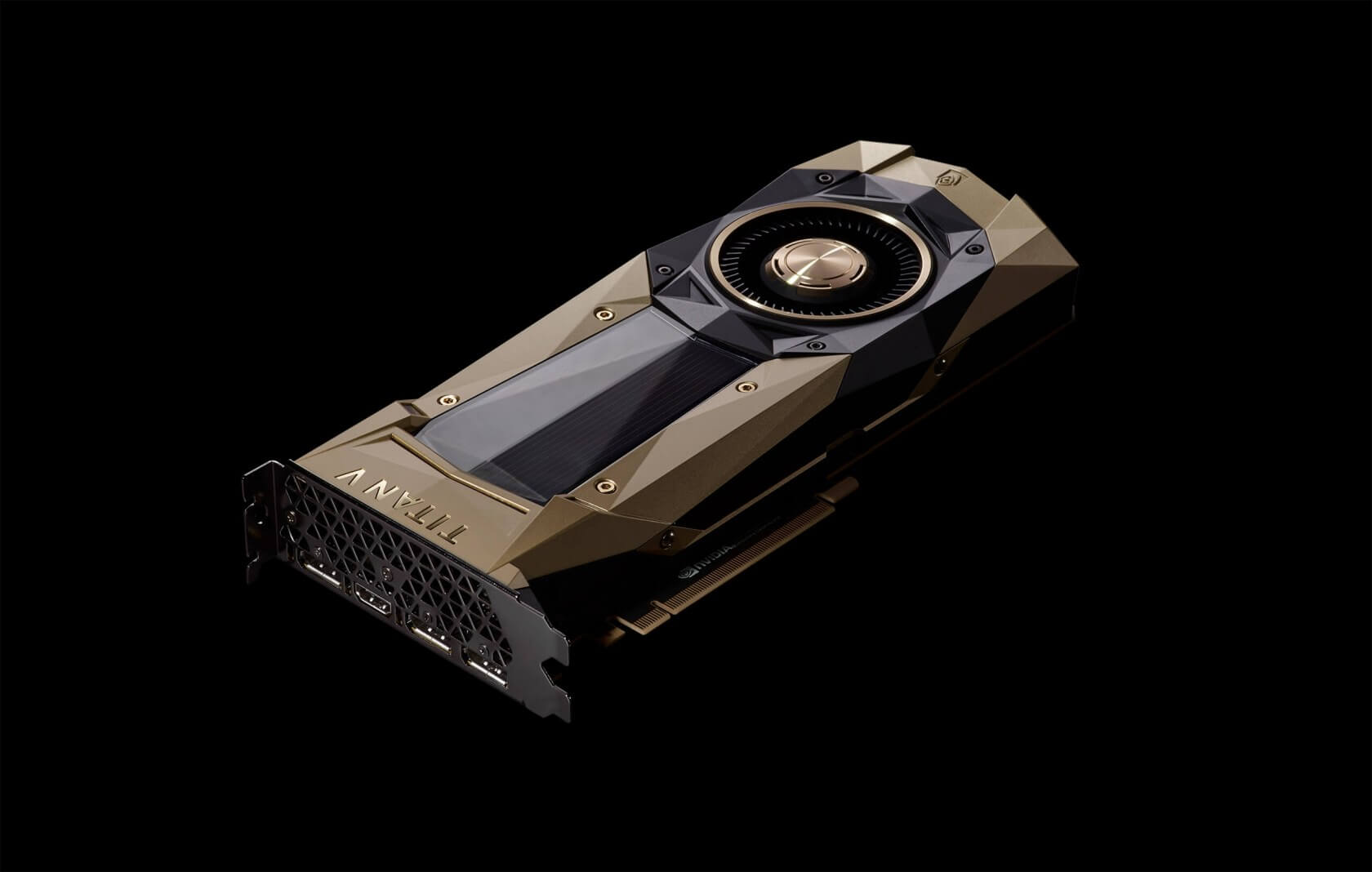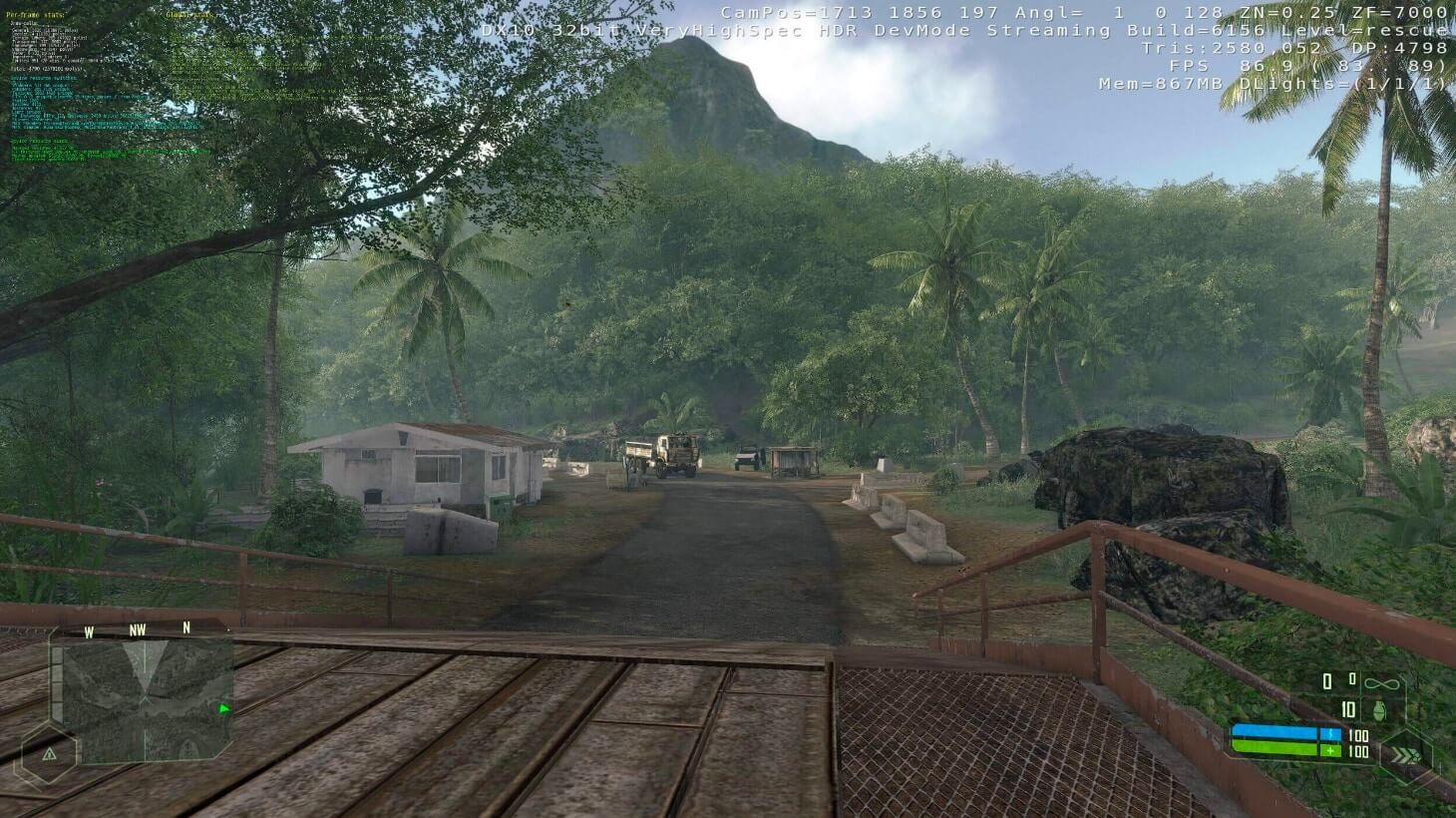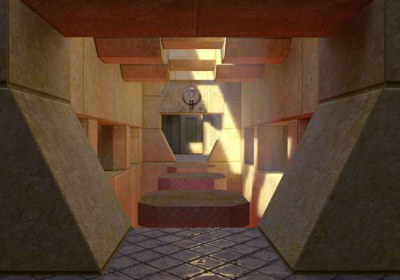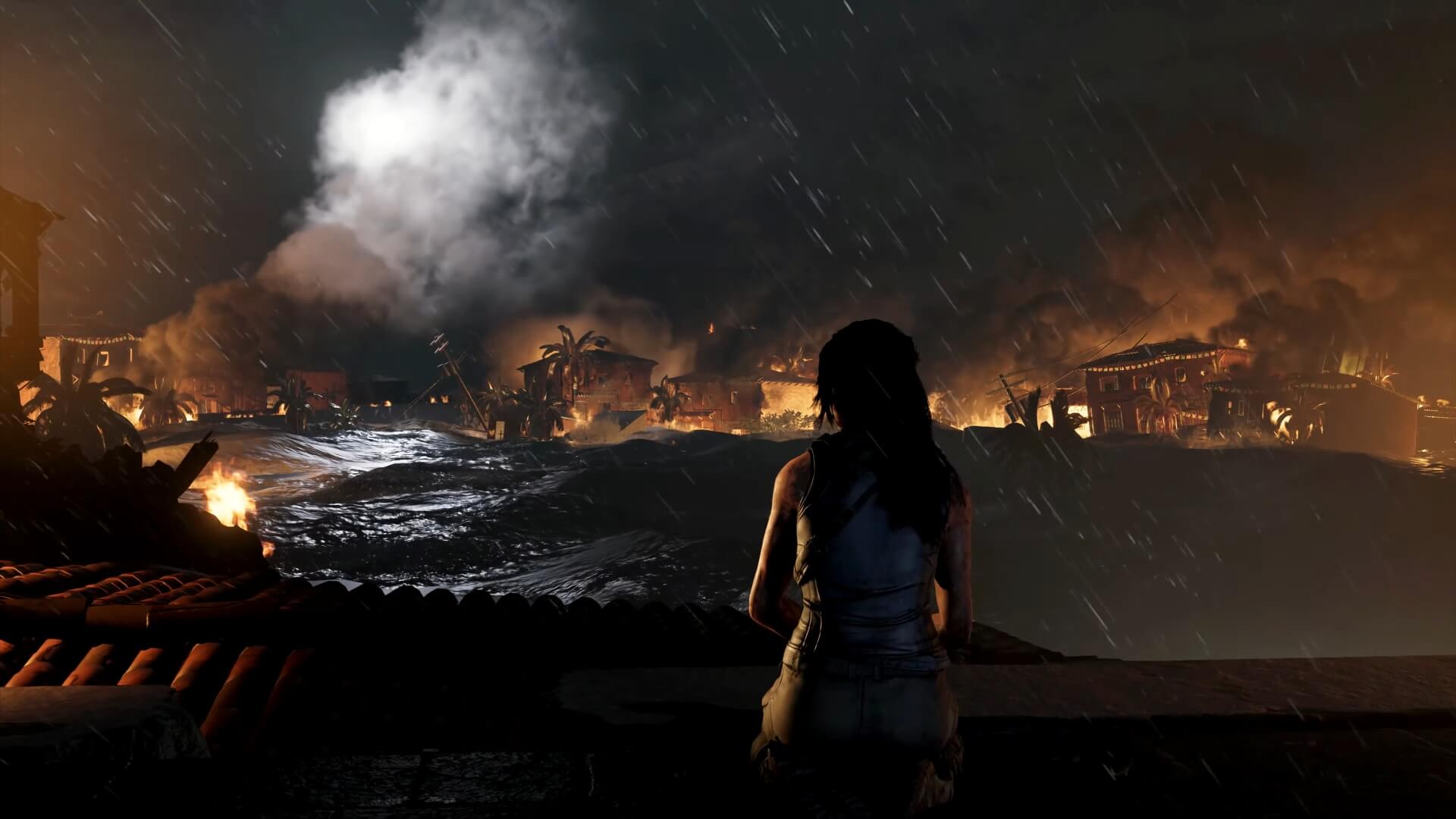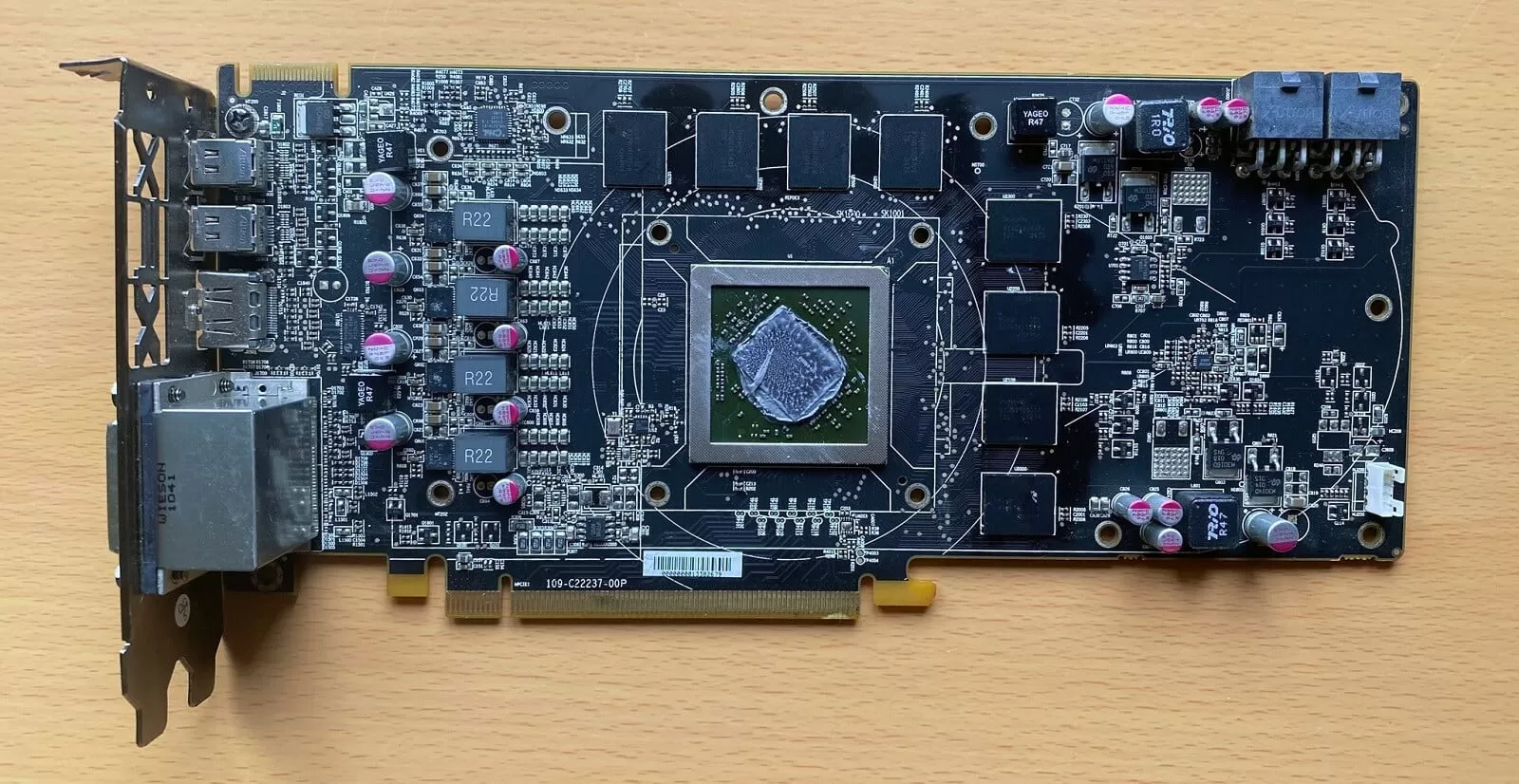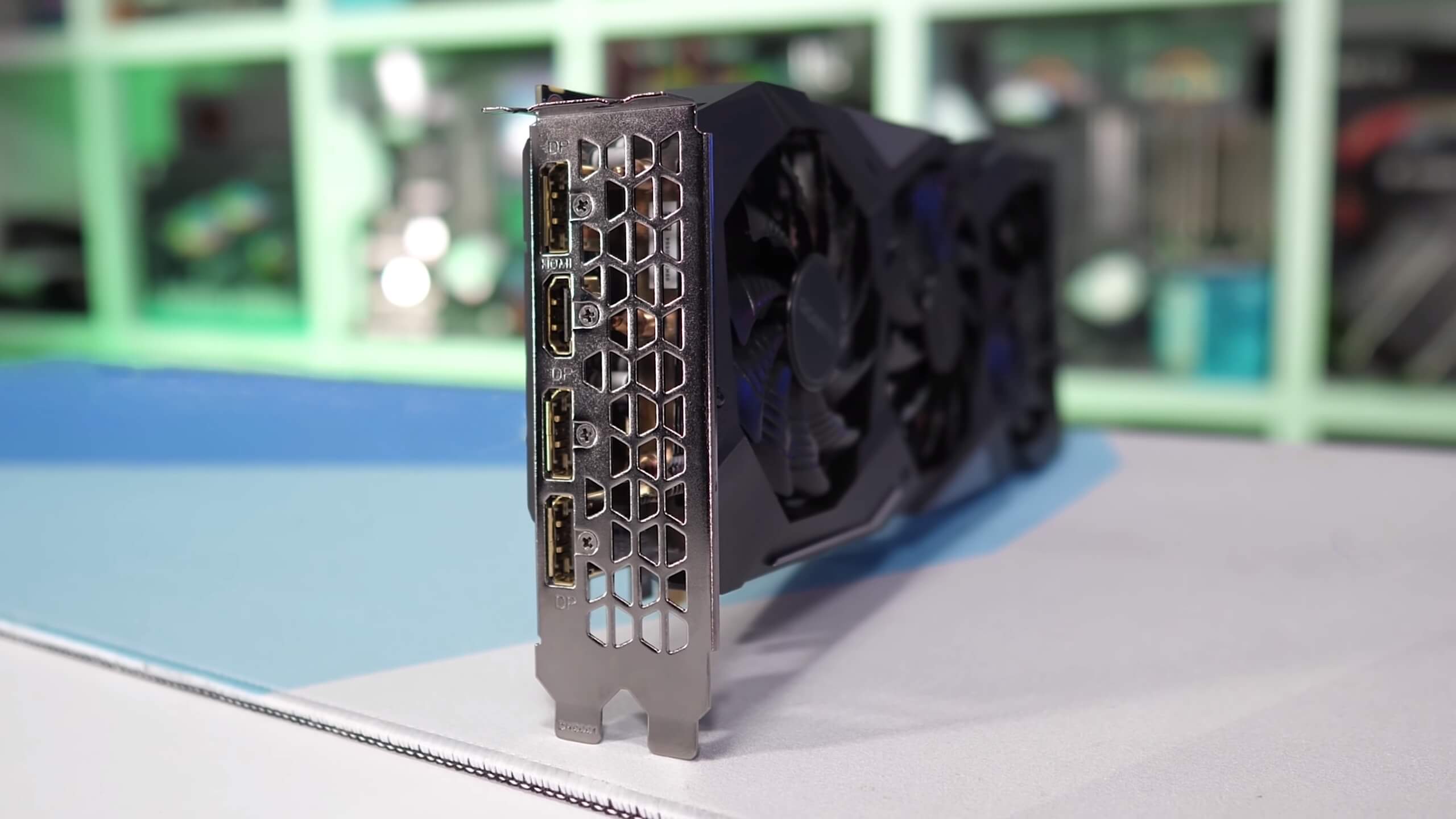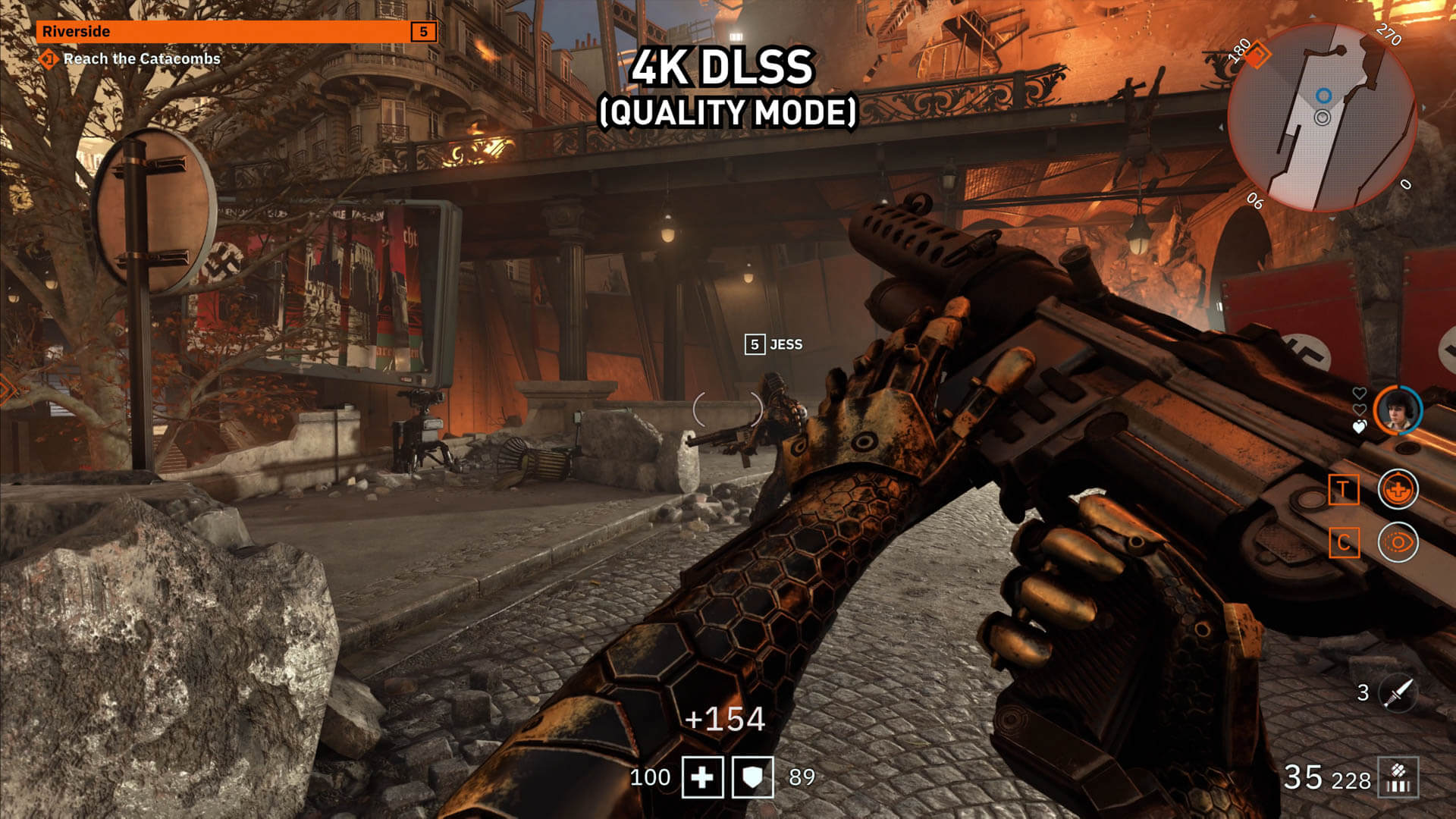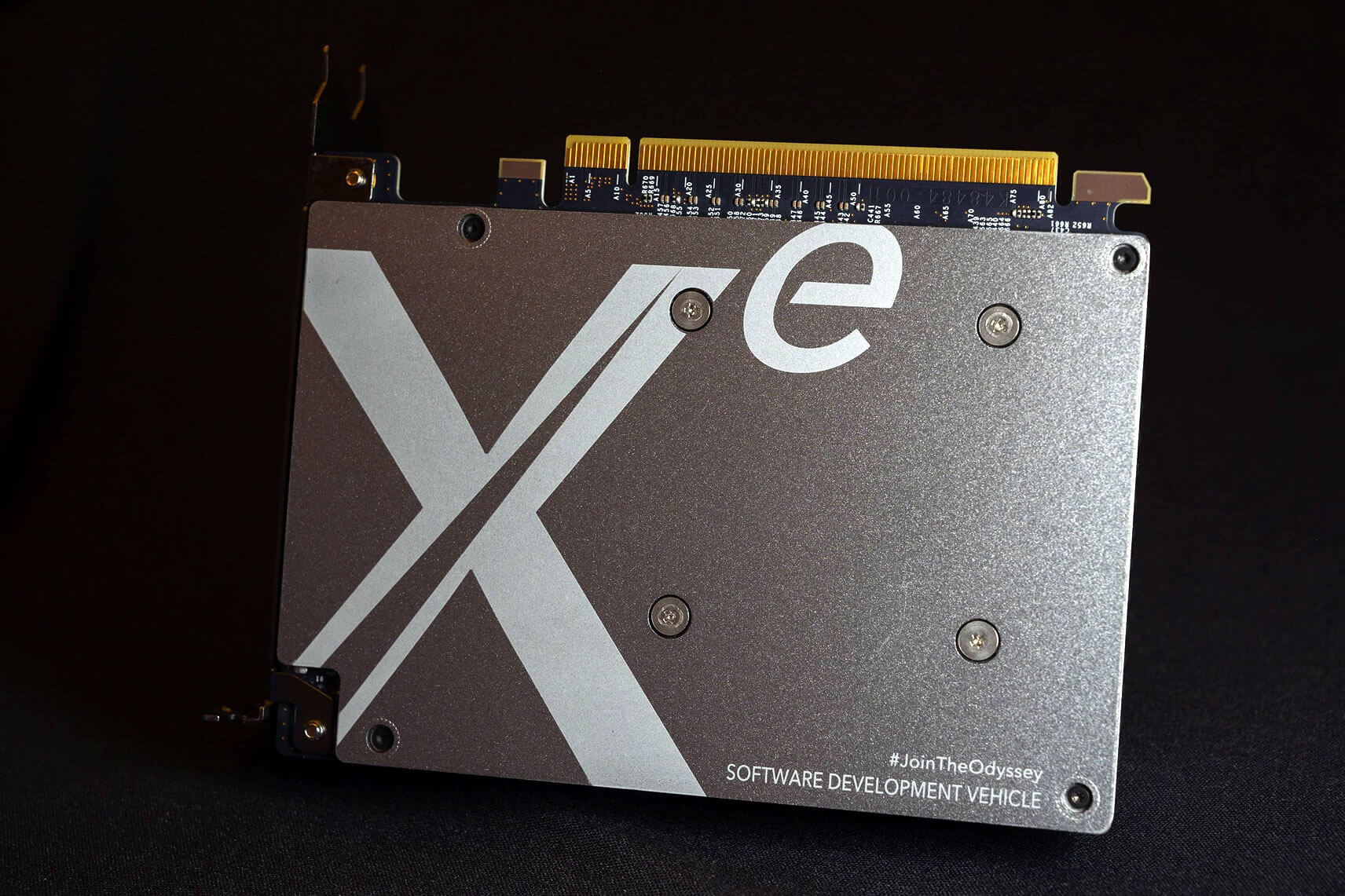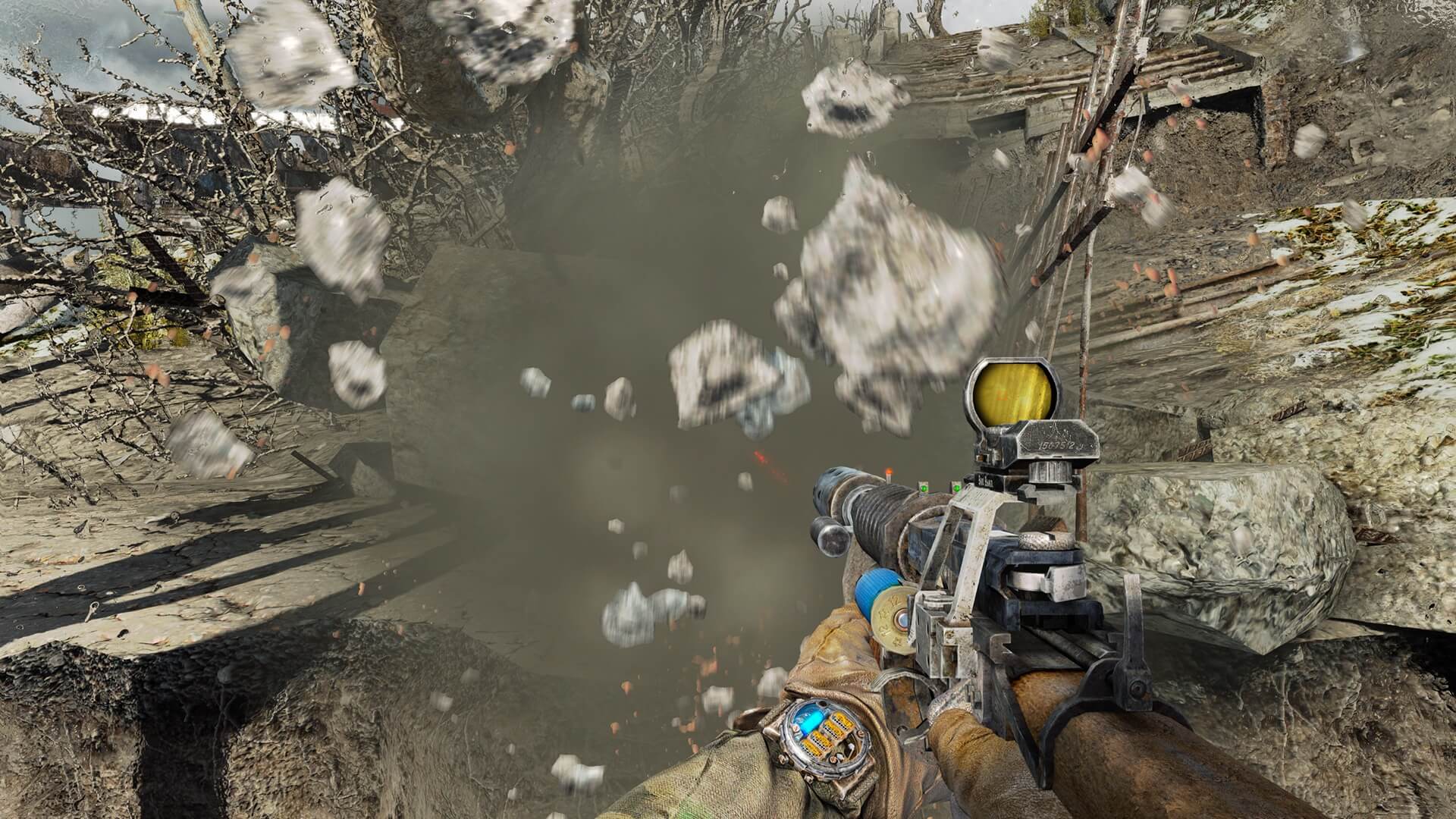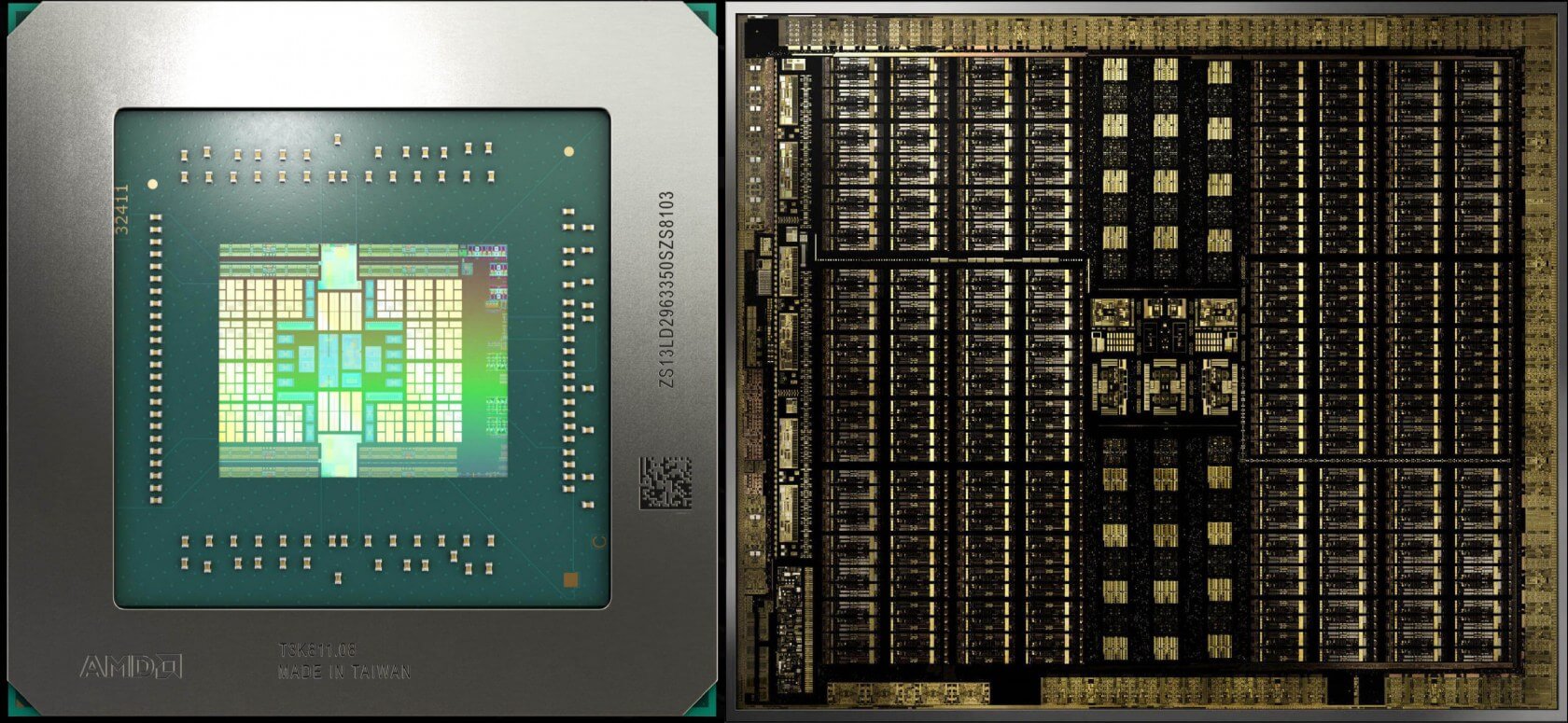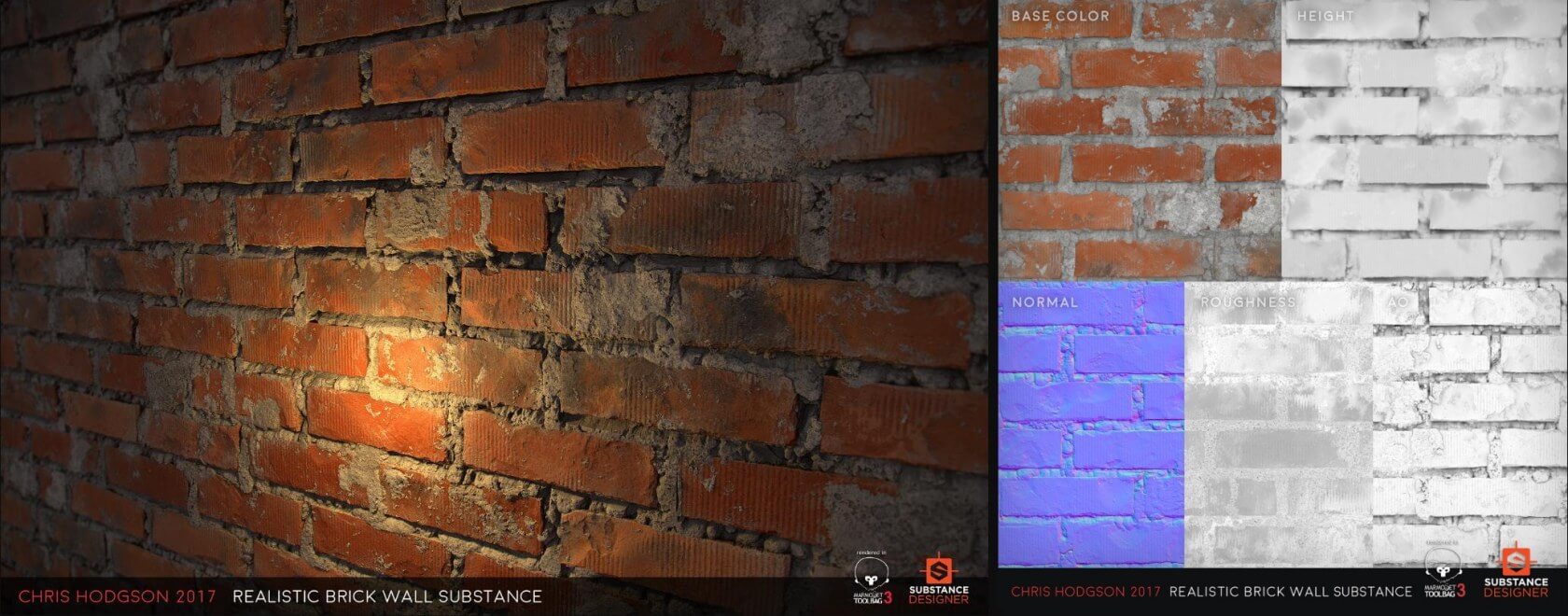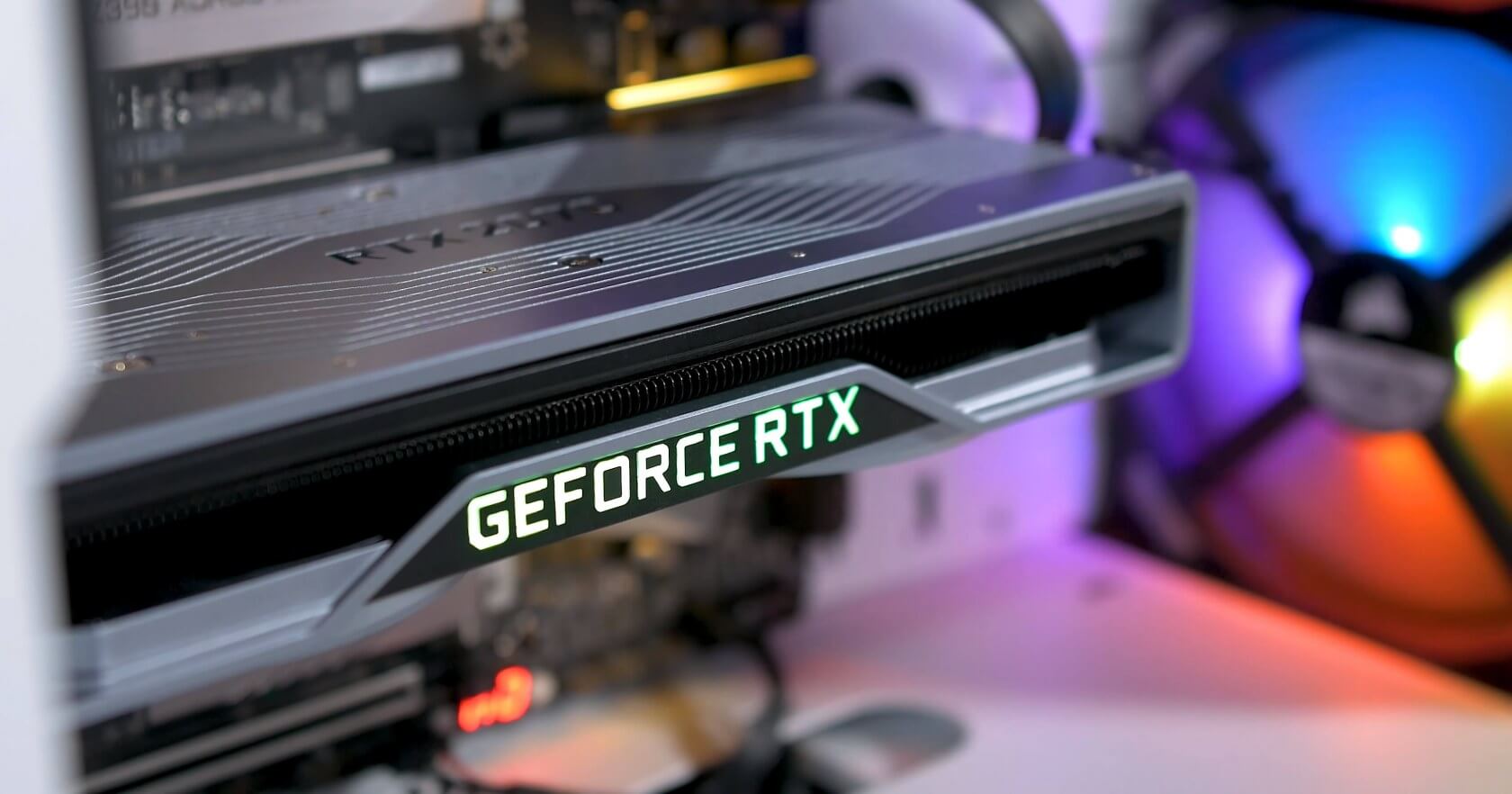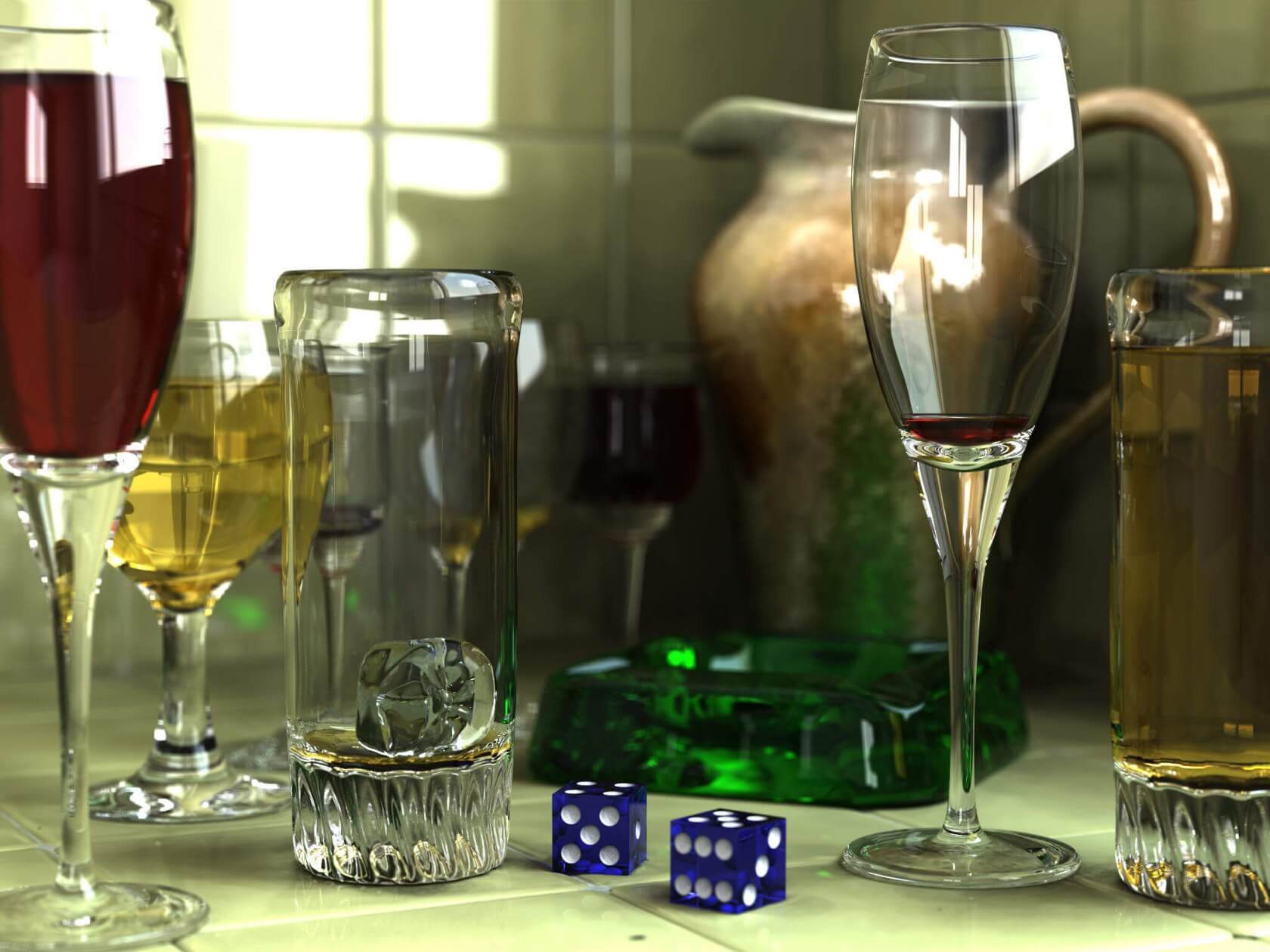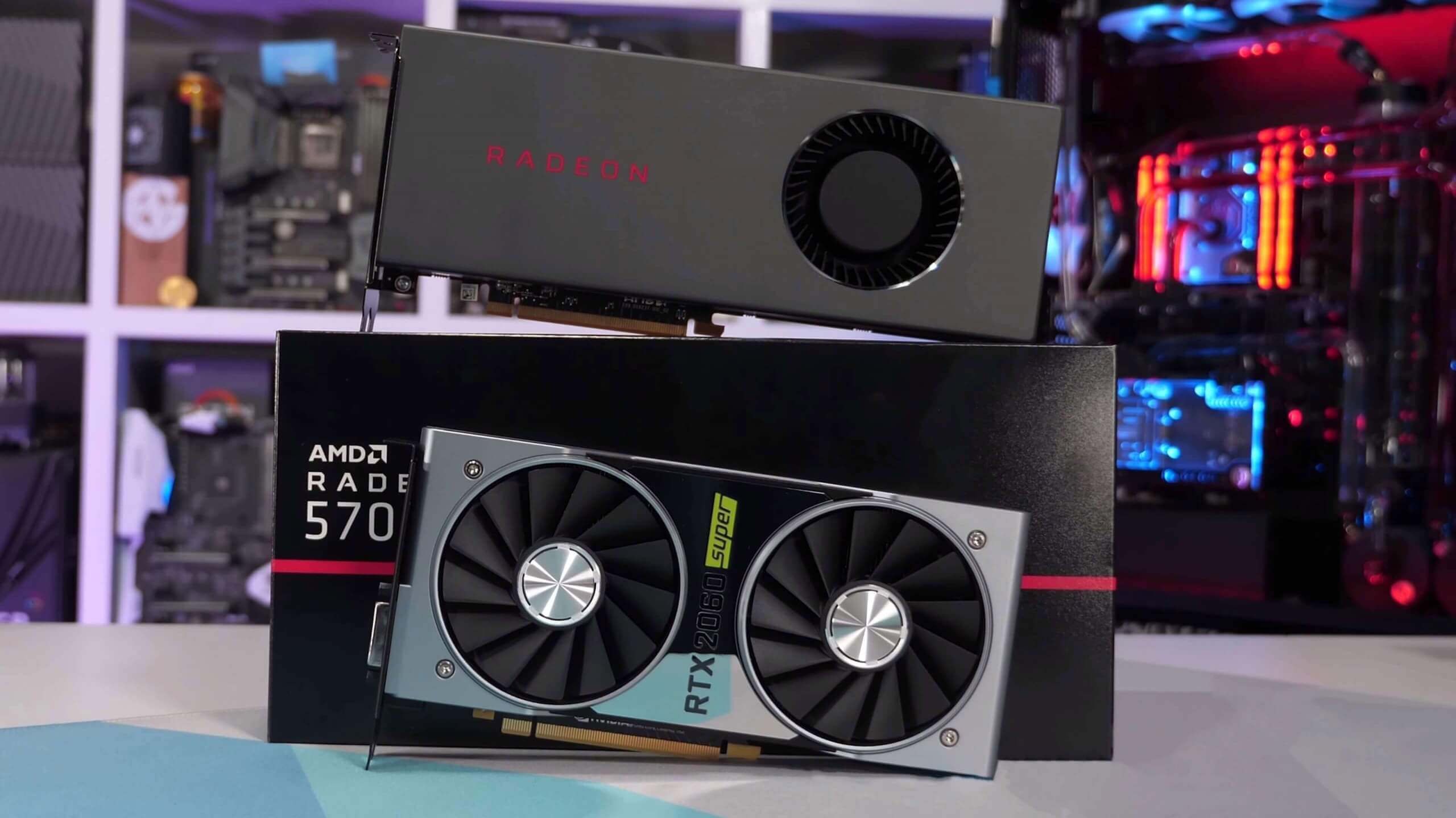Computer graphics articles
Ray Tracing & DLSS with the GeForce RTX 3080
With Nvidia's GeForce RTX 3080 out the door, it's time we take a deep dive into ray tracing and DLSS performance to show you just how fast the RTX 3080 is for these special effects in a wider range of games.
Nvidia GeForce RTX 3080 Review: Ampere Arrives!
Nvidia claims the new GeForce RTX 30 graphics series provides a giant leap in raw graphics performance, based their latest Ampere architecture, today we can finally show you how the GeForce RTX 3080 performs.
Microsoft Flight Simulator 2020 Benchmarked
Today we're benchmarking a cargo plane load of graphics cards in the new Microsoft Flight Simulator 2020. Visually the game is breathtaking and we'd say that we're looking at truly next generation stuff here. We've tested 28 graphics cards at 1080p, 1440p and 4K using Ultra and Medium quality presets.
Intel's fourth Xe microarchitecture is for enthusiast gamers
Explainer: What Are Tensor Cores?
Nvidia has been making graphics chips that feature extra cores, beyond the normal ones used for shaders. Known as tensor cores, these mysterious units can be found in thousands of system, but what exactly are they and what are they used for? Today we'll explain what a tensor is and how tensor cores are used in the world of graphics and deep learning.
Can It Run Crysis? An Analysis of Why a 13-Year-Old Game Is Still Talked About
Every once in a while, a video game is made that becomes part of the industry's history. For PC gamers, there's one title that's almost legendary thanks to its incredible, ahead-of-its-time graphics and ability to grind PCs into single digit frame rates. Join us as we take a look back at Crysis and see what made it so special.
AMD adds beta support for hardware-accelerated GPU scheduling in Windows 10
Someone made a rudimentary ray tracing demo on Notepad at 30fps
Game art studio creates photorealistic next-gen environments using Unreal Engine 4
Intel tweets a photo of the biggest and weirdest GPU ever made
Intel graphics drivers can now bypass OEM locks, become easier to update
How 3D Game Rendering Works: Lighting and Shadows
The vast majority of visual effects you see in games today depend on the clever use of lighting and shadows – without them, games would be dull and lifeless. In this fourth part of our deep look at 3D game rendering, we'll focus on what happens to a 3D world alongside processing vertices and applying textures. It once again involves a lot of math and a sound grasp of the fundamentals of optics.
Anatomy of a Graphics Card: Dissecting the Tech Behind PC Parts
Almost every desktop PC has one. They have billions of transistors, can use hundreds of watts of power, and can cost over a thousand dollars. They are masterpieces of electronic engineering and generate extremes in product loyalty and disdain... and yet the number of things they normally do can be counted one just one hand. Welcome to the world of graphics cards!
The Best Graphics Cards 2020
If you're looking to buy a new graphics card today, don't mind all the testing, marginal FPS gains, power consumption figures, or overclocking potential. TechSpot's Best Graphics Cards is written to get a simple question answered: Given a certain budget, which is the graphics card you should buy?
Nvidia DLSS in 2020: This Could Be a Game-Changer
We've been waiting to reexamine Nvidia's Deep Learning Super Sampling (DLSS) for a long time and after a thorough new investigation we're glad to report that DLSS 2.0 technology works. The upscaling power of the newer AI-driven algorithm is remarkable and gives Nvidia a real weapon for improving performance with virtually no impact to visuals.
Intel Xe Graphics Preview v2.0: What we know about Intel's upcoming GPU
Intel is developing discrete GPUs for gamers, professionals, and servers, and they're all slated for release this year or coming in 2021. Intel's cards will either be the long-awaited saviors of a stagnant market, or they'll underperform and flop miserably (no pressure, Intel PR person reading this). This is our second round of investigation into Xe.
And Action! An Examination of Physics in Video Games
Video game physics are something that we often take for granted. Programming physics into a game can be as simple as one or two routines, or as complex as requiring a separate physics engine to handle the computations. In this article we'll delve into the specifics of rigid body and soft body physics in games.
AMD Navi vs. Nvidia Turing: An Architecture Comparison
Inside the latest graphics cards lies a large graphics processor, packed with billions of transistors, all running at clock speeds unthinkable a decade ago. Welcome to our architectural comparison of the newest GPUs from AMD and Nvidia.
How 3D Game Rendering Works: Texturing
In this third part of our deeper look at 3D game rendering, we'll be focusing what can happen to the 3D world after the vertex processing has done and the scene has been rasterized. The majority of the visual effects seen in games today are down to the clever use of textures – without them, games would dull and lifeless. So let's get dive in and see how this all works!
DLSS is Dead: New Nvidia Freestyle Sharpening Tested
Nvidia's latest major driver update brought with it several new features including performance enhancements, GPU integer scaling for retro games, a new ultra-low latency mode and perhaps the biggest addition: a new Freestyle Sharpening Filter to rival Radeon's RIS. Is Nvidia's new Freestyle better, and does it make DLSS completely obsolete?
How 3D Game Rendering Works, A Deeper Dive: Rasterization and Ray Tracing
In this second part of our deeper look at 3D game rendering, we'll be focusing what happens to the 3D world after all of the vertex processing has finished. We'll need to dust off our math textbooks again, grapple with the geometry of frustums, and ponder the puzzle of perspectives. We'll also take a quick dive into the physics of ray tracing, lighting and materials – excellent!
Nvidia Freestyle vs. Radeon Image Sharpening vs. Reshade
After testing AMD's new Radeon Image Sharpening feature for Navi GPUs, we've gone back for even more testing. We're now comparing RIS with other sharpening options including Nvidia Freestyle and two popular filters available in Reshade.

